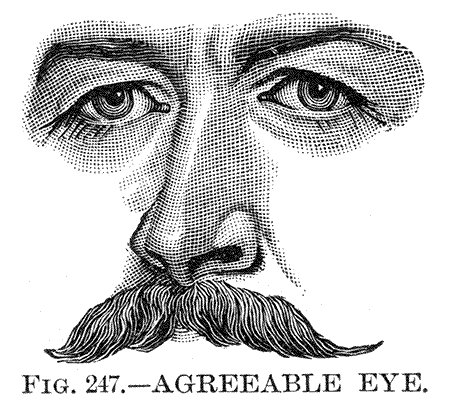ciceronian
χρύσειοι <δ’> ἐρέβινθοι ἐπ’ ἀϊόνων ἐφύοντο 1
and golden chickpeas were growing on the banks
I once sat through a lecture wherein the speaker claimed that the presence of an imperfect verb was sufficient to prove the presence of a narrative. Though that notion seems a bit silly to me, I have no real opinion on the matter, just as I have no opinion about Carson’s translation of this fragment (not that there’s any real room for error, mind). I simply like that it mentions chickpeas. 2
- The Vintage text prints χρύςειοι; this form of sigma (ς) is used only at the end of words. Perhaps the designer intended a lunate sigma (which looks like a ‘c’)?[↩]
- Just like the jacket blurb claims! ‘Carson’s translation illuminates Sappho’s reflections on love, desire, marriage, exile, cushions, bees, old age, shame, time, chickpeas, and many other aspects of the human situation’. It’s good to know chickpeas are to be considered an ‘aspect of the human situation’. Incidentally, I’m not quite sure why she doesn’t bracket the <and> (≈ <δ’>) in order to get into the ‘authentic’ spirit of thing; because it would not be ‘an aesthetic gesture toward the papyrological event’ (p. xi), but rather a real effort toward accurate textual translation that might actually inform the reader about which parts of the text are secure and which are not, I guess it&’s okay she didn’t.[↩]
